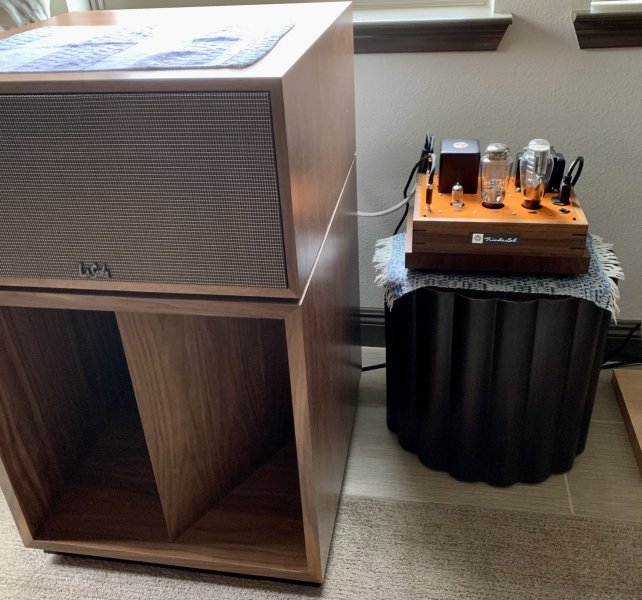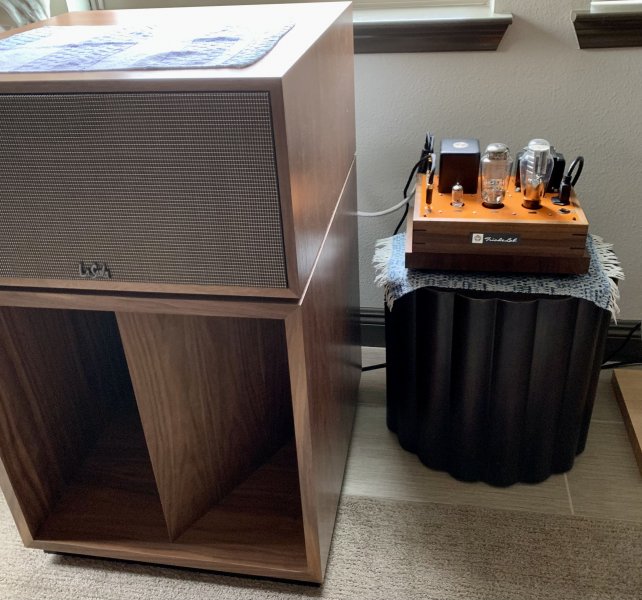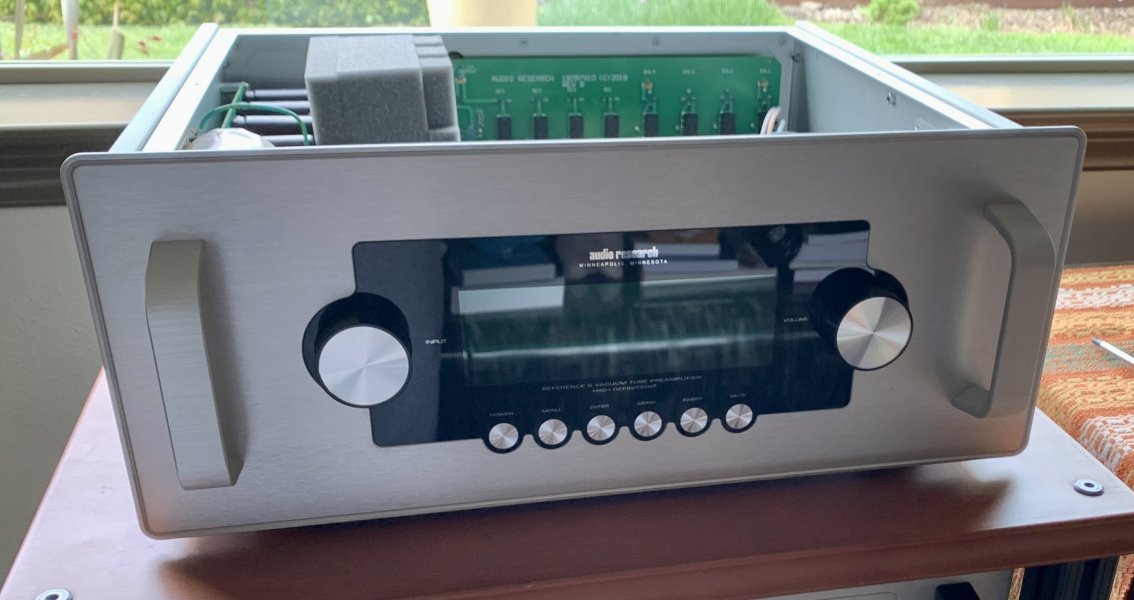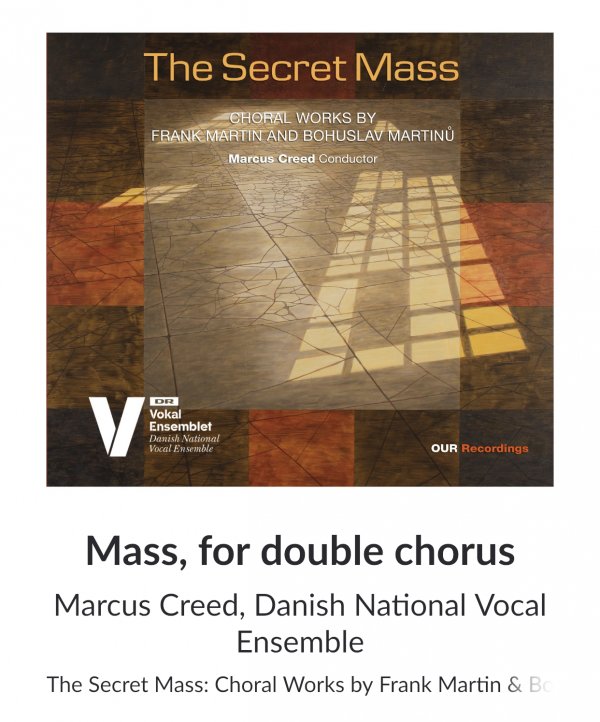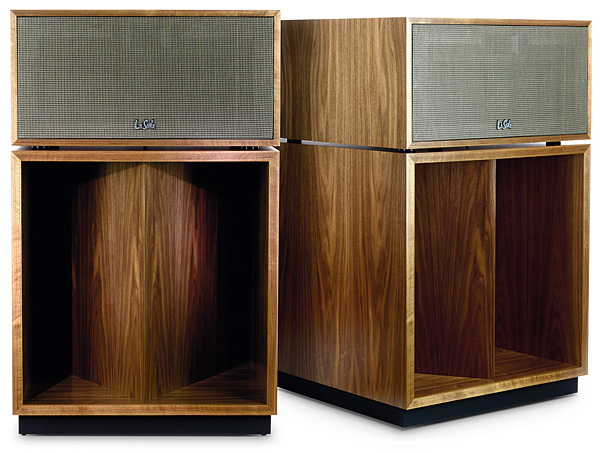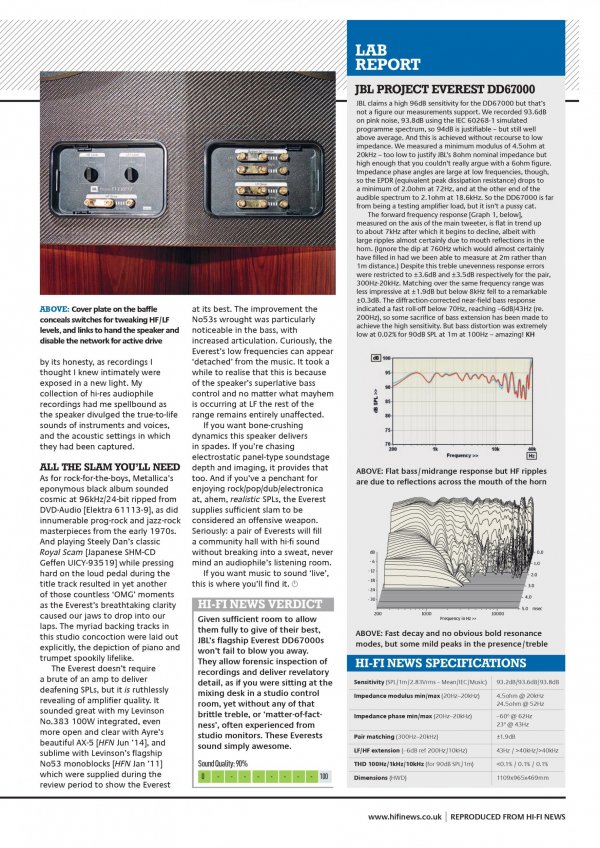Of course. I have bought high end loudspeakers for 35 years, and if there’s a loudspeaker that is not hopelessly colored sounding with reference to live music, I haven’t heard it, and I’ve owned some really expensive loudspeakers. In 1987, I bought a pair of Spendor SP-1s that TAS’ Robert Greene and Hi-Fi Choice’s Martin Colloms and Listener‘s Art Dudley raved about. I also heard for the first time a live symphony concert for the first time — Michael Tilson Thomas conducting the Pittsburgh Symphony in Sibelius’s majestic Violin Concerto and Rachmaninov’s Symphony No 2. I remember that concert like it was yesterday. No loudspeaker I have owned or heard in the past 35 years has come remotely close to sounding like a great orchestra or chorus in a concert hall. 30 years later, when I moved to the Bay Area, I was lucky enough to again listen to Michael Tilson Thomas conducting the San Francisco Symphony before he retired.
Loudspeakers are all colored, whether you spend $100 or $ 1 million. In my house currently, I have three pairs of Quads (57s, 2805s, 2905s), a Harbeth Monitor 40.1, a Spendor SP1/2E, a Gradient Helsinki, a Martin Logan CLS, and probably half a dozen others (oh, yes, and a Devialet Phantom Gold active loudspeaker with a built in 5000 watt streaming amplifier). They all sound colored to me in different ways.
I’ve been listening to a lot of choral music on the La Scalas, and much to my surprise, I find them far better at voice than even the acclaimed Harbeth Monitor 40.1s that TAS and Stereophile drool over. The Scalas are very low distortion transducers — they can reproduce an orchestra or chorus at 100+ dB at less than 0.1% total harmonic distortion. At that SPL, my Quads would shutdown and the Harbeth’s would go up in smoke. Of course, I don’t generally listen at that volume, but the low distortion characteristic gIves them a sonic purity that escapes 99.99% of other loudspeakers that have 10-20% THD or worse THD at anything approaching live concert volumes. To me, that’s why I like the La Scalas. The only other loudspeaker that I’d like to own now are the Klipschorns, which need a corner to sound their best, yes, even the latest designs. Nothing else interests me. I’m not interested in the flavor of the month models that grace the covers of TAS and Stereophile. These come and go like the leaves in fall. The Klipschorn has been produced for 70 years and will outlast all these others.
Of course, I still prefer live concerts. It’s mathematically impossible to reproduce a live orchestra or chorus in your living room.
Loudspeakers are all colored, whether you spend $100 or $ 1 million. In my house currently, I have three pairs of Quads (57s, 2805s, 2905s), a Harbeth Monitor 40.1, a Spendor SP1/2E, a Gradient Helsinki, a Martin Logan CLS, and probably half a dozen others (oh, yes, and a Devialet Phantom Gold active loudspeaker with a built in 5000 watt streaming amplifier). They all sound colored to me in different ways.
I’ve been listening to a lot of choral music on the La Scalas, and much to my surprise, I find them far better at voice than even the acclaimed Harbeth Monitor 40.1s that TAS and Stereophile drool over. The Scalas are very low distortion transducers — they can reproduce an orchestra or chorus at 100+ dB at less than 0.1% total harmonic distortion. At that SPL, my Quads would shutdown and the Harbeth’s would go up in smoke. Of course, I don’t generally listen at that volume, but the low distortion characteristic gIves them a sonic purity that escapes 99.99% of other loudspeakers that have 10-20% THD or worse THD at anything approaching live concert volumes. To me, that’s why I like the La Scalas. The only other loudspeaker that I’d like to own now are the Klipschorns, which need a corner to sound their best, yes, even the latest designs. Nothing else interests me. I’m not interested in the flavor of the month models that grace the covers of TAS and Stereophile. These come and go like the leaves in fall. The Klipschorn has been produced for 70 years and will outlast all these others.
Of course, I still prefer live concerts. It’s mathematically impossible to reproduce a live orchestra or chorus in your living room.

















